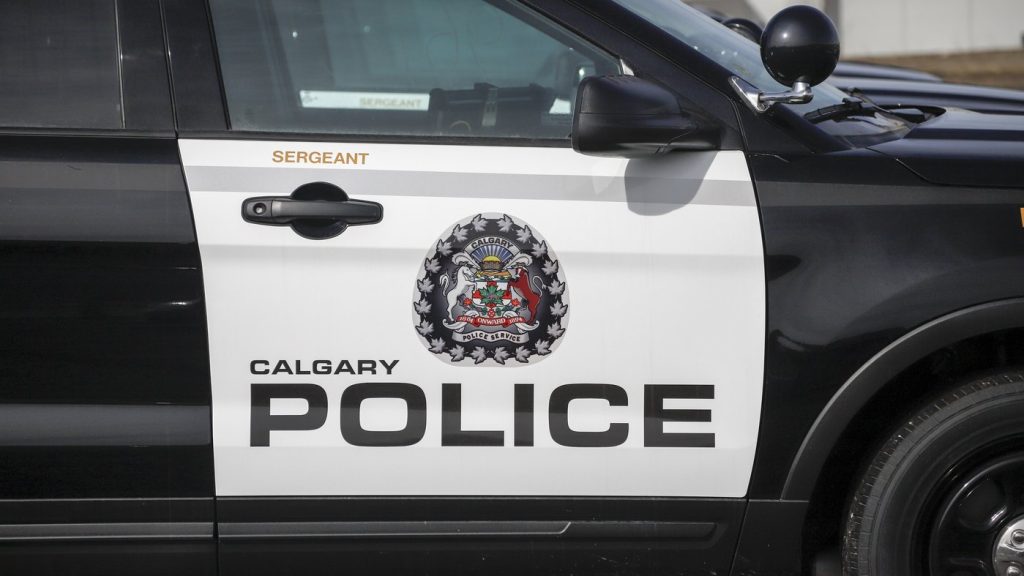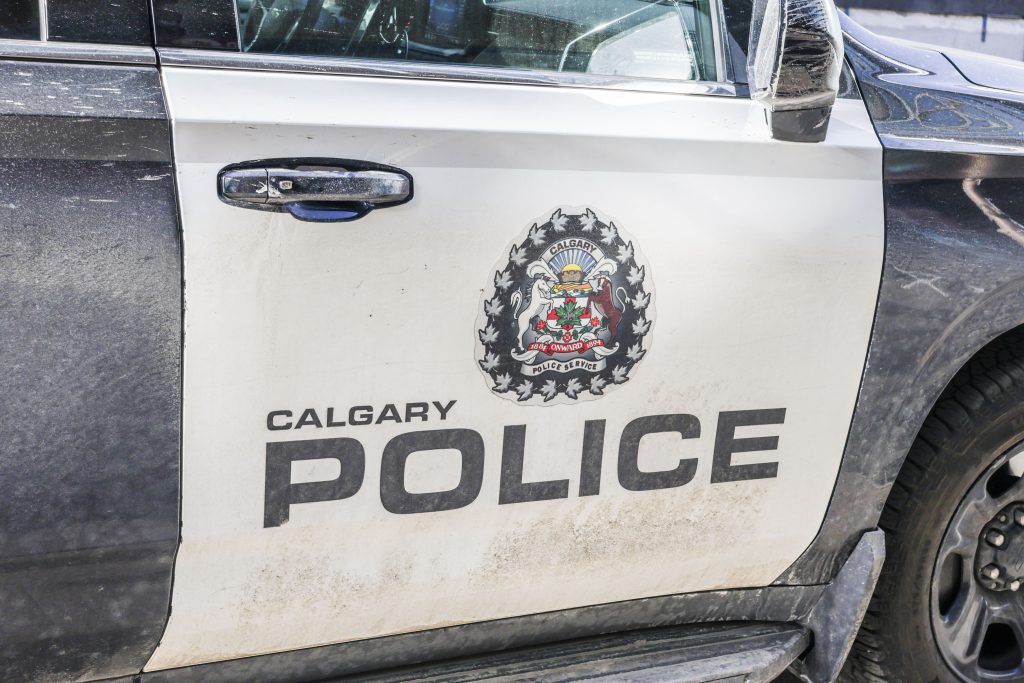‘It certainly was different’: Memories of the Stampede Corral
Posted Jul 24, 2020 2:36 pm.
Last Updated Jul 24, 2020 2:39 pm.
This article is more than 5 years old.
CALGARY (660 NEWS) — It has stood for 70 years and is one of the more recognizable landmarks in Calgary.
But as the future takes hold on Stampede Park, the Corral will be torn down to make way for an expanded BMO convention centre.
The Corral was notably the first home of the Calgary Flames in the early 1980s after the team moved from Atlanta, but was also home to countless other events ranging from circuses to concerts.
For the people who enjoyed the Corral, the memories will remain even if the structure itself is no more after next spring.
“It certainly was different,” recalled Hall of Fame broadcaster Peter Maher, called three seasons of Flames games in the Corral.
He said the playing area was unique, with very high boards and stands so close to the ice that it felt like the fans were right on top of the players. It also provided quite the home-ice advantage for the Flames.
“That team went on and lost only five games at home in the regular season, and then had a tremendous run in the playoffs, winning two series before being eliminated in the Stanley Cup semifinals by Minnesota,” Maher said.
“When I think back of all the buildings I broadcast in, the Corral was probably the broadcast booth that had us closest to the ice. You could almost see the facial expressions of the players.”
The broadcast area also has a unique feature, an old painting of Queen Elizabeth II. That painting, as well as one of Prince Phillip, has been part of the preservation efforts as crews are doing everything they can to hold on to elements of the historic building.
Jim Laurendeau, VP of Planning and Development at the Stampede, said lots of these efforts are underway right now before demolition begins in earnest in October and extends until March.
“Stampede Park come Stampede 2021 is going to feel very different. Immediately after the demolition of the Corral, we get underway building our new convention centre.”
Laurendeau says in addition to preserving some iconic features, they are also doing some digital recreations of elements that cannot be as easily removed and stored, such as concrete reliefs by the entrance.
The original Corral sign that hung on top of the building has been fully saved and will be repurposed, but some other elements could not be as lucky.
“It will be sad,” said Don Wilson with the Stampede Historical Committee. “There’s the murals on the east end, the early Stampede Parade, the Guy Weadick mural, the RCMP mural will be destroyed as well. The chuckwagon mural we were able to save and remove, and it will be reallocated in future years.”
Wilson said they took several months to identify every artifact that could be salvaged and figure out if it could live on. The organ that would have serenaded fans during games will be saved, and they don’t need to take photos that hung in the halls because they were reproductions, and the originals are already in their possession.
One big piece they are happy to preserve is the iconic neon cowboy, although it will have to be recreated due to how it is built into the concrete structure.
“The preservation of the neon cowboy was huge in everyone’s minds,” said Wilson. “It’s preserved, but in a much more usable format than its original existence. The same is true of the concrete reliefs when you come into the building.”
Laser technology was used to scan the pieces, and then they can be made into concrete forms and installed elsewhere.
When the digital scanning is all done, you will still be able to check out the Corral in its former glory from the comfort of home by heading to the Stampede website.
“That will allow visitors to the website to be able to walk through the Corral and actually virtually stand at centre ice and be present in that venue, digitally speaking,” said Laurendeau.
Back to the events that occurred back in the day, former NHLer Duane Sutter said he has a few memories of playing in the Corral while taking on the former Calgary Wranglers as a member of the Lethbridge Broncos in the WHL.
“With the crowd on top of you, and the first row of seats right behind your player’s box. It was very similar to the old Maple Leaf Gardens and even the old Montreal Forum in that respect,” said Sutter.
But those days were also considerably rowdier than today, as the closeness of the fans set the stage for a few encounters.
“The fans started throwing cans and stuff at us,” said Sutter.
He added that his coach, Pat Ginnell, would usually wear a cowboy hat while coaching, but in the next game at the Corral, he thought about his safety and instead wore a hard hat.
The wild west times of that era was also reflected in other events that took place in the Corral, especially the music concerts.
Born and raised Calgarian Darren Shaben, now living in Kimberley, BC, said he saw lots of notable artists over the years, such as Rush, Iggy Pop, and the Beach Boys.
While watching Rush perform, Shaben witnessed his first brawl at a concert where two people went “tumbling head over heels” down the stairs towards the boards.
In 1983, the Beach Boys performed at the Corral with Dennis Wilson — brother of original frontman Brian Wilson — performing in one of his last shows before he tragically drowned later that year. Shaben remembered that due to the fact the Corral was very hot inside, it felt like they were transported to the west coast.
“When they rolled in town, especially in the middle of a cold February, and you could roll into the Corral and kind of pretend it was summertime in California for a couple of hours with the Beach Boys. It was a good evening,” he said.
“The Corral would get really hot. They might have had air conditioning, but it was a pretty hot place, and it also carried a bit of a smell to it on occasion due to some of the outside events that were brought in.”
There was also a sports connection for Shaben, who once had an opportunity to serve as a water boy during an exhibition hockey game when the Edmonton Oilers came to town. That night, he had an opportunity to meet a rising star.
“A gentleman by the name of Wayne Gretzky,” he said. “Who I blew off, not knowing who he was at the time because he was a complete rookie. He didn’t start that game but I just kind of blew it off and walked away on Wayne Gretzky.”
Shaben said that is is unfortunate that not everything can be pulled out and placed safely somewhere else, but he will always remember going through the halls of the old building and being surrounded by all the bits of Calgary’s past.
“Just to walk through the Corral in the concourse and see the historic pictures from the 50s,” he said. “It was just full of Calgary history.”








